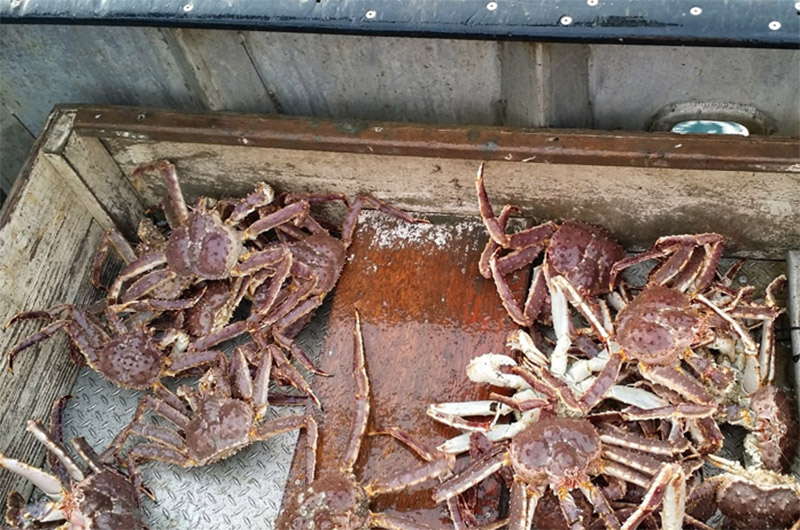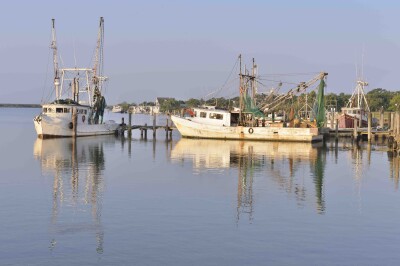Alaska crabbers are hauling back pots from the Panhandle to the Bering Sea, and reduced catches are resulting in record prices for their efforts.
The year’s first red king crab fishery at Norton Sound has yielded 17,000 pounds so far of its nearly 40,000 pound winter quota for more than 50 local fishermen. The crab, which are taken through the ice near Nome, are paying out at a record $7.75 a pound. A summer opener will produce a combined catch of nearly half a million pounds for the region.
Red king crab from Bristol Bay also yielded the highest price ever for fishermen, averaging $10.89 per pound. That catch quota of eight million pounds was down 15 percent from the previous season.
The Bering Sea snow crab fleet has taken 80 percent of its 19 million pound quota, down by nearly half from last year. That’s pushed market prices through the roof, topping $8.30 a pound at wholesale in both the US and Japan, compared to over $5.50 per pound a year ago.
Alaska produces only about 10 percent of the world’s snow crab, with most of the pack by far coming from Eastern Canada, followed by Russia. On the snow crab menu front — McDonald's has begun testing a new snow crab sandwich in several San Francisco Bay locations. If it’s a hit, the sandwich could advance to nearly 250 outlets this year.
Since mid-February, about 100 small boat crabbers in Southeast Alaska have been hauling pots for 105,000 pounds of golden king crab, which can reach as high as $10 a pound at the docks. A local Tanner crab fishery just wrapped up, with a catch that will likely come in at around one million pounds.
Tanner crab is the talk of the town throughout Cordova and Prince William Sound, where later this month the state Board of Fisheries could create a harvest plan and regulations to open a fishery for the first time in 27 years. The region produced 13 million pounds of Tanners before the Exxon Valdez oil spill, but locals believe the stock is now strong enough able to support a fishery for commercial and sport users.
“It’s largely the opinion of the people around here that the fishery could support an expanded harvest,” said John Whissel, director of natural resources for the Native Village of Eyak. “The goal here is to get away from the boom and bust cycle, where the town doubles in size in May and then shrinks when the salmon fisheries wind down.”
“There’s other opportunities around here and with oil prices being what they are and the tax rate being what it is,” he added. “Commercial fishing could play a larger role in the state budget if we gave them more chances to do that.”







